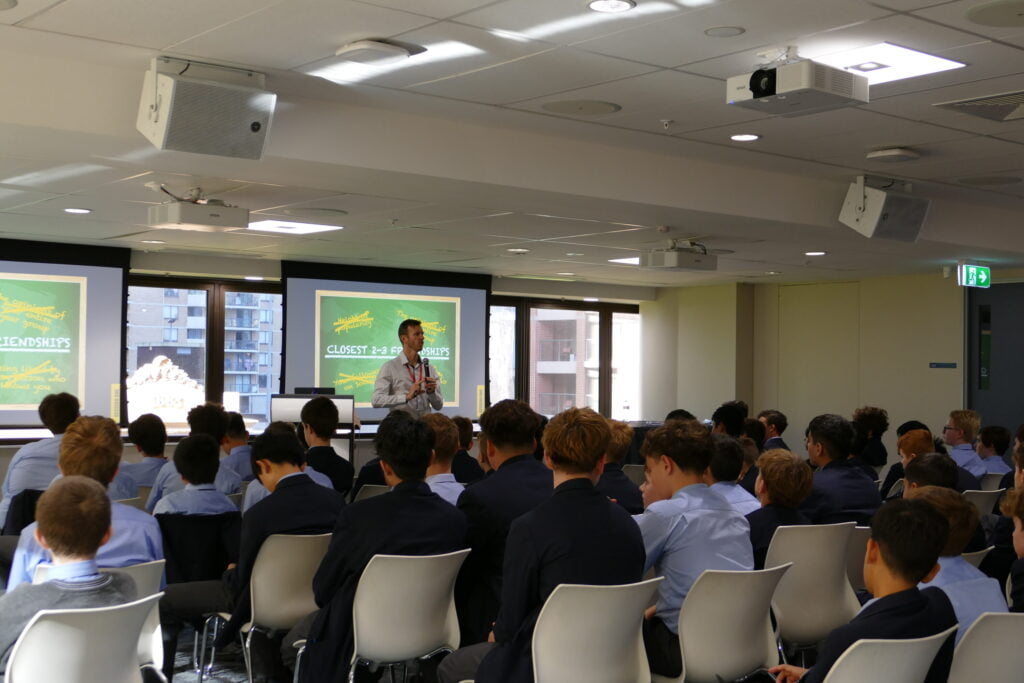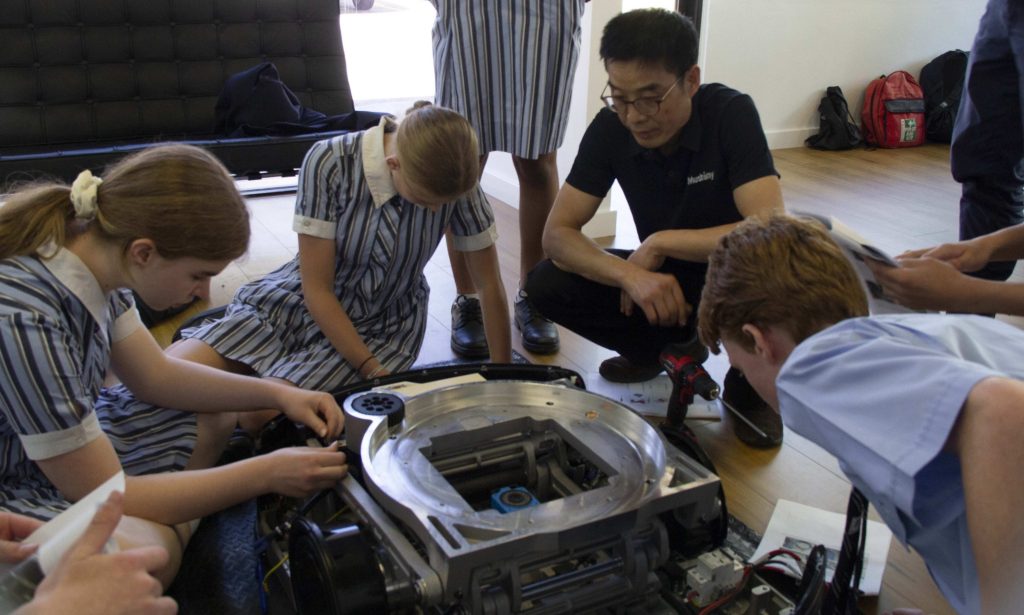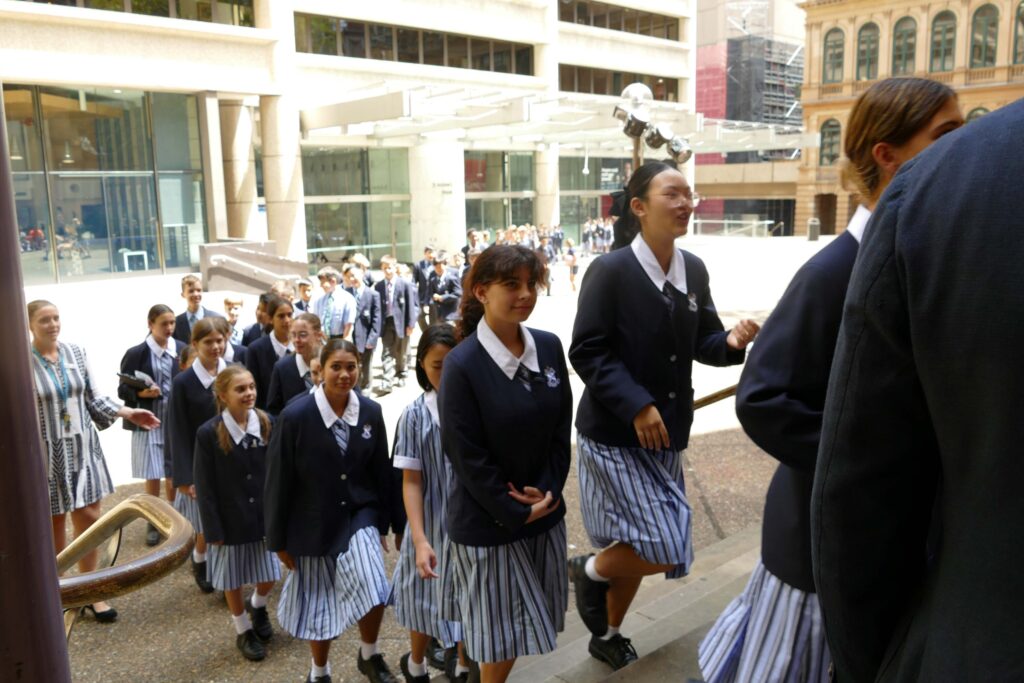St Andrew’s Cathedral School’s 20-day expedition typically begins at Mt Kosciuszko and ends at the Victorian coast. But the 2019 bushfires made Dylan Nguyen’s experience a little different and resulted in his development of an award-winning app.
Dylan experienced the consequences of New South Wales’ infamous 2019 summer of bushfires firsthand. He was hiking with a group of his peers through Kosciusko National Park on St Andrew’s 20-day expedition when incoming bushfires ended the trip prematurely. The decision to head back to Sydney was made as the students were preparing for the second leg of their adventure, the much-anticipated descent down the Snowy River’s white-water rapids. “We were pretty devastated,” Dylan admitted.
The pack-up was a simple affair; rafts were stowed, hiking shoes were replaced with thongs, and aching bodies found sweet relief in the form of cushioned bus seats. But the easy escape struck an uneasy chord for Dylan. “As we were leaving the scene of the bushfire, we passed by a small rural school, at which point I realised, unlike us, the kids going to the school couldn’t exactly pack-up a tent and leave,” he said. Sobered by the thought of what might lie ahead for the school, Dylan decided to help.
Initially, Dylan hoped to volunteer with the Rural Fire Service (RFS) but COVID-19 quickly put a stop to those plans. Instead, Dylan turned his attention to programming. “I realised with the knowledge I had about computer vision [the ability of computers to gather data from images], I could actually make something useful for the New South Wales Rural Fire Service.”
“I did some more research, which entailed reaching out to Dr Trent Penman, a bushfire management professor from the University of Melbourne, and I did some careful reading of various government reports on the bushfires. Eventually I came up with the idea of a bushfire risk map.”
After months of trial and error, Dylan successfully developed a web application which categorises land area according to bushfire risk. The data is gathered by two European satellites, Sentinel 1 and Sentinel 2, which orbit the earth once a week and take photos of the earth’s surface. He’s called the application SatAlight, “I wanted to incorporate something to do with fires with something to do with the technology my project used and that name came to mind,” Dylan explained.
Dylan hopes SatAlight will play a role in helping residents, councils and tourists to be better prepared to face the threat of potential bushfire. It’s ability to provide early warnings may just help rural schools like the one Dylan spotted on his 20-day expedition.
Dylan’s hopes may now turn into a reality after Dylan presented SatAlight to the Assistant Commissioner of the RFS, Ben Millington. “He seemed pleasantly surprised by it,” Dylan said. “I’m now working with them to see how the product could be implemented into their current systems, hopefully to make some of the data processing they do a little bit easier.” His next task is to make some adjustments to SatAlight according to feedback he received from the Assistant Commissioner.
Dylan also entered SatAlight into Microsoft’s Imagine Cup Junior, a global artificial intelligence competition for High School students. As part of the competition, Dylan was required to submit a pitch to Microsoft which was reviewed and then rewarded with a top 10 finish out of the 500 projects submitted from across Australia.

It’s now been almost two years since the aborted expedition but this new adventure has made Dylan’s initial disappointment worthwhile. When asked what has kept him motivated to develop SatAlight over the past 20 months, Dylan was emphatic, “The number one skill I needed to create SatAlight was just being able to stick with it. It’s not really connected to any of the assignments I’m doing at school, which meant I had to persevere to get the project done. But having that experience from 20-day motivated me to keep at it.”
– Ethan Crosweller



